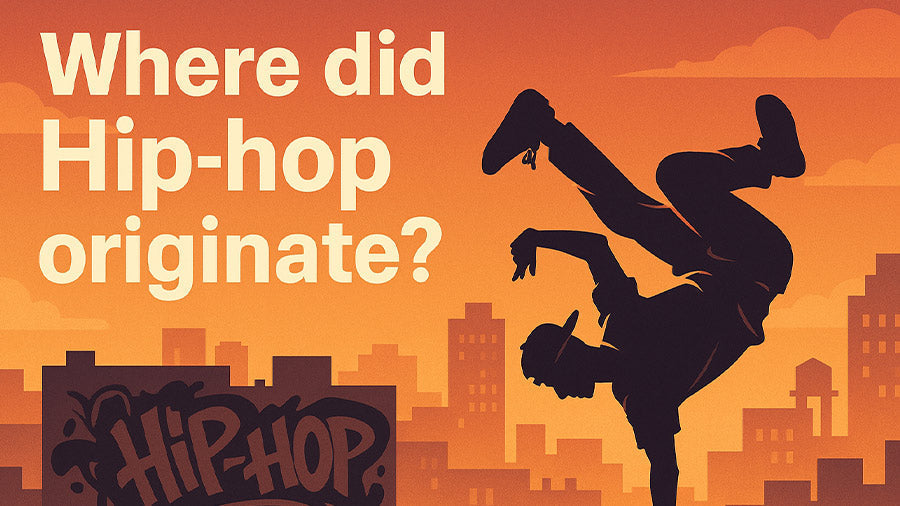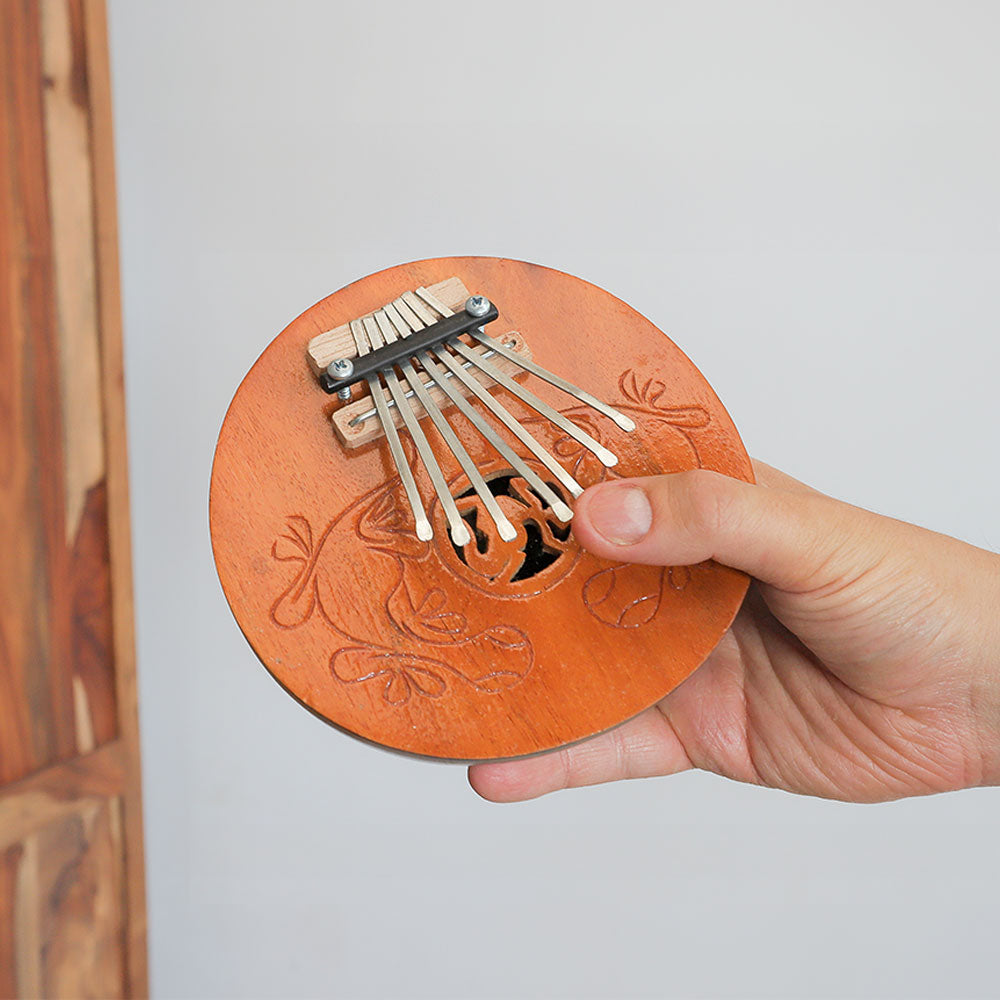Hip-hop wasn’t created in a studio—it was born in the streets. What started as a local form of self-expression in the Bronx has grown into one of the most influential movements in modern history. It came from frustration, creativity, and community. To understand hip-hop’s roots is to understand how rhythm, poetry, and social resistance fused into one unstoppable force.
The Bronx - The Birthplace of Hip-Hop
In the early 1970s, New York City’s South Bronx was struggling. Economic collapse, poverty, and urban decay left communities neglected, yet they found strength in unity. Young people, mostly African American and Latino, began throwing block parties as a way to escape daily hardship.
These gatherings became the foundation of hip-hop culture. Music wasn’t about luxury—it was about survival. DJs would set up turntables in community centers or right on the streets, connecting people through rhythm when nothing else could. Hip-hop gave identity and pride to neighborhoods society had written off.
DJ Kool Herc and the Breakbeat Revolution
The story of hip-hop always leads back to one name: DJ Kool Herc. In 1973, at a party at 1520 Sedgwick Avenue, Kool Herc introduced a technique that changed everything. He noticed how dancers loved the instrumental “breaks” in funk and soul records, so he began isolating and looping them using two turntables.
This simple yet revolutionary idea became the heartbeat of hip-hop—the breakbeat. It extended the most exciting part of the song, letting dancers (later called b-boys and b-girls) show off their moves. Herc didn’t just play music; he restructured it. He laid the technical foundation that every hip-hop producer and DJ would later build upon.
MCs, Rhymes, and the Rise of the Voice
As DJs spun records, someone had to keep the crowd hyped. That’s where MCs (Masters of Ceremony) came in. At first, they shouted shout-outs, jokes, or quick rhymes to engage the audience. Over time, these off-the-cuff lines evolved into structured verses, rhythm, and wordplay—what we now call rapping.
MCs like Coke La Rock, Grandmaster Caz, and later Melle Mel began transforming simple crowd calls into narratives. They turned social commentary, humor, and storytelling into lyrical art. What started as party entertainment became poetry for the people—a voice that expressed identity, struggle, and pride.
The Four Elements of Hip-Hop Culture
Hip-hop quickly evolved beyond music into a full cultural movement built on four interconnected elements—DJing, the craft of mixing and scratching records to create new rhythms; MCing, the lyrical art of transforming lived experience into spoken rhythm; Breakdancing, the physical embodiment of beat and expression through movement; and Graffiti Art, the visual language of rebellion and identity sprayed across city walls.
Together, these art forms became a united voice for self-expression and freedom, replacing violence with creativity and turning neglected urban spaces into living canvases of pride, resilience, and rhythm.
From Local Movement to Global Revolution
By the late 1970s and early 1980s, hip-hop began spreading beyond the Bronx. DJs and MCs started recording and performing across New York, and soon the rest of the world took notice. Groups like Grandmaster Flash and the Furious Five, Run-D.M.C., and The Sugarhill Gang brought hip-hop to radio and television, turning street culture into a global sound.
As it evolved, hip-hop became a mirror for society—reflecting issues of race, power, identity, and resistance. Each region that adopted it added its own flavor: West Coast’s laid-back funk, the South’s bass-heavy swagger, and international scenes from London to Lagos. Yet, no matter how big it got, the heart of hip-hop remained the same—raw, real, and rooted in community.
The Legacy Lives On
Hip-hop today dominates global culture, from music and fashion to language and art. But its true legacy isn’t in fame or sales—it’s in empowerment. It gave the voiceless a platform, turned struggle into sound, and inspired countless movements worldwide.
When you trace hip-hop back to its origin, you don’t just find a genre—you find resilience. It’s proof that even in the toughest environments, creativity thrives. From a Bronx block party in 1973 to stadiums across the world, hip-hop’s story is a testament to the human spirit’s need to express, connect, and rise.






